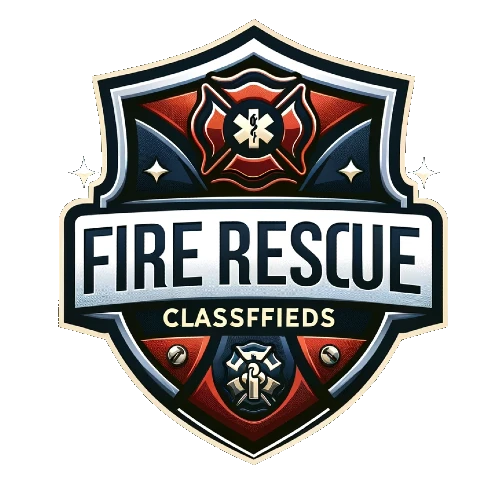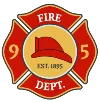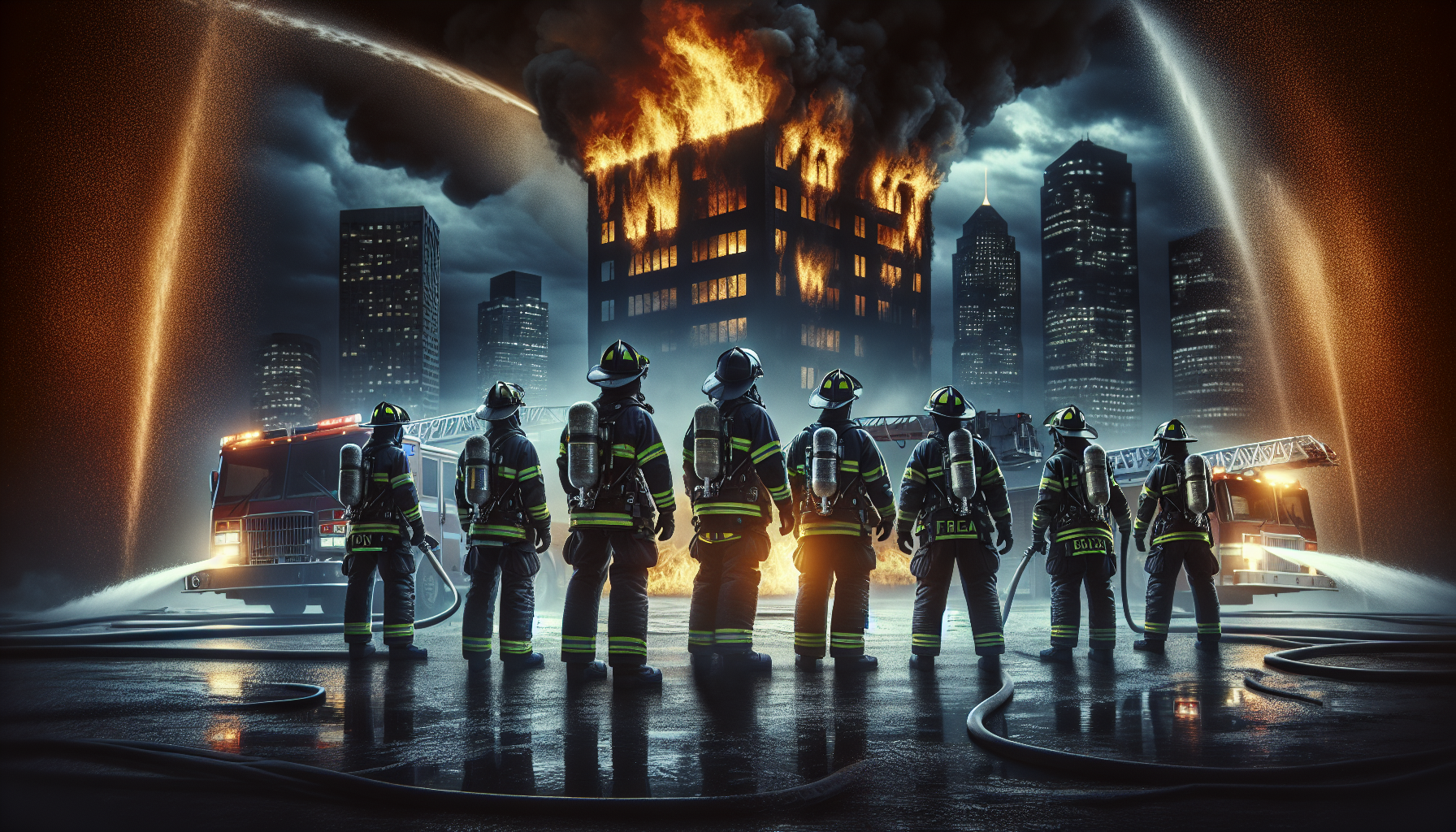Now Reading: Essential Fire Safety Tips for Australian Homes: Preparing for Bushfire Season
- 01
Essential Fire Safety Tips for Australian Homes: Preparing for Bushfire Season
Essential Fire Safety Tips for Australian Homes: Preparing for Bushfire Season

If you’re an Aussie, you know summer isn’t just about barbecues, beach days, and sunburnt noses. It’s also bushfire season—when our sizzling outback and dry winds make the perfect recipe for nature’s fiery fury. But don’t worry! With a bit of preparation and a solid plan, you can keep your home and loved ones safe while still enjoying the best of summer.
At Fire Rescue Classifieds, we love sharing fire safety tips and connecting you with information that can help you stay one step ahead of the flames. This blog is your friendly guide for getting your home, family, and even pets ready for bushfire season. Ready? Let’s jump in!
Why Bushfire Safety is Everyone’s Business
Bushfires are as much a part of the Australian landscape as kangaroos and meat pies, but they’re certainly no joke. On average, Australia has over 50,000 fires each year that can impact people’s homes, wildlife, and communities. With climate changes making bushfires more frequent and intense, it’s important for every homeowner to be ready for bushfires.
Fun fact: Did you know a bushfire can travel faster than a sprinting Usain Bolt? Yep! Bushfires can reach speeds of 20 km/h or more, which makes quick thinking and being prepared really important.
So, let’s focus on ensuring your home and family are fire-ready long before the first ember comes your way.
Step 1: Assess Your Bushfire Risks
You wouldn’t grab a surfboard without knowing how big the waves are, right? The same goes for bushfires. Here are some basics every homeowner should know:
1. Understand How Fires Spread
Fires need three things to keep going: fuel (like dry vegetation), heat, and oxygen. Once they start, embers can travel many kilometers ahead of a firefront, starting new fires where they land, like that woodpile next to your shed.
2. Know Your Region’s Risk Level
Australia’s bush and rural areas are especially vulnerable, but even cities can be at risk. Check your local council’s fire danger ratings and maps to find out your property’s risk.
3. Stay Alert to Climate Changes
It’s getting hotter and drier— which is great for fires. Be aware of changing weather conditions, and plan for a more extreme fire season in the future.
Step 2: Fireproofing Your Home
Your home is your safe place, so it’s worth turning it into a stronghold against bushfires. Here’s how:
1. Clear the Danger Zone
Create a 20-meter “defendable space” around your home by removing dry leaves, branches, and piles of flammable stuff like firewood (even if it looks cozy).
2. Ember-Proof Your Home
Cover vents with metal mesh and consider ember-resistant roofing—don’t let any sneaky sparks get inside.
3. Upgrade Your Materials
If you’re building or renovating, choose fire-resistant materials like brick, steel, or cement. It might be time to skip the charming wooden veranda this time!
4. Tidy Up Those Gutters
If your gutters are filled with dry leaves, it’s like hanging a “Fire Welcome Here” sign. Keep them clean during bushfire season.
5. Move Flammable Items Away
Things like gas cylinders, outdoor furniture, and leftover fireworks should be far away from the house.
Step 3: Develop a Bushfire Survival Plan
Trying to “wing it” during a bushfire is like trying to wrestle a crocodile blindfolded—it’s a terrible idea. Make a bushfire survival plan with everyone in your household and treat it like it’s the most important thing.
Here’s what your plan should include:
- A Clear Decision: Will you leave or stay to defend your home? Decide early and stick to your plan—there’s no time for second-guessing when the flames are close.
- Evacuation Routes and Safe Areas: Know where to go and how to get there. Find nearby evacuation points that are safe from bushfires.
- Emergency Contacts: Save all important numbers—including local fire services—on your phone and post them somewhere everyone can see.
- An Emergency Kit: Pack a bag with must-haves: water, food, medication, documents, phone chargers, first aid supplies, and maybe some Tim Tams because why not?
- Practice, Don’t Just Plan: Go through your bushfire plan like you mean it. They say practice makes perfect; in this case, it might just save lives.
Step 4: Landscape Like a Fire Safety Pro
Did you know your garden can help stop fires? With smart landscaping choices, you can keep bushfires away and still have a great garden.
- Plant Low-Flammability Options: Choose native plants that stay moist, like Lilly Pillies or bottlebrushes. Avoid highly flammable trees like eucalyptus.
- Trim Away Trouble: Keep grass short, prune tree branches near your home, and remove dead plants that could easily catch fire.
- Add Firebreaks: Gravel paths, stone walls, or pools can slow down a fire before it reaches your home. Plus, they look nice too.
Step 5: Stay Informed and Stay Safe
The sooner you know about a bushfire threat, the better chance you have to act wisely. There are many resources to help you stay informed:
- Use Local Fire Services: Download apps like “Fires Near Me” (NSW) or check local council websites for real-time updates.
- Know Your Fire Danger Ratings: Learn the fire danger levels and the recommended actions for each level.
- Join Community Networks: Fire safety should be a team effort. Get involved in local bushfire-ready groups or attend free fire safety workshops.
What to Do if Evacuation is the Best Option
Here’s the golden rule: When in doubt, get out. Leaving early is always safer than staying to see what happens.
If you decide to leave:
- Pack essentials, including clothes, food, and important documents.
- Grab pets and livestock. Plan for moving animals to a safe place (quick escapes aren’t ideal).
- Stick to recommended evacuation routes and avoid areas already affected by fires. Safety first, shortcuts later.
Defending Your Home: A Last Resort
If you decide to stay and defend your home, be prepared:
- Wear protective clothing like cotton or wool shirts, long pants, boots, gloves, and goggles. Comfort isn’t the goal here, being fire-safe is.
- Create safe zones inside by blocking out heat with heavy curtains or blankets. (Think of it as a fort but for safety.)
- Be ready to leave if things get worse. Your life is more important than your property.
After the Fire Passes
Once the flames are gone, it’s time to recover carefully:
- Look out for hidden dangers. The ground may be hot, and trees could be unstable.
- Call professionals for repairs, especially for electrical wiring or building safety.
- Help your neighbors and community—together, you can rebuild even stronger.
And remember, it’s okay to feel overwhelmed. If the experience has been hard, reach out to mental health resources or support groups.
Final Thoughts: Become Bushfire-Ready Today
Bushfire season is serious, but with planning and some Aussie togetherness, you’ve got this. By understanding the risks, fireproofing your home, practicing your plan, and staying informed, you’ll not only protect your property but also help your whole community stay safe.
At Fire Rescue Classifieds, we believe in giving Australians the tools and resources to take fire safety into their own hands. Don’t wait for the next hot summer to start getting ready—take action today, and share these tips with friends and neighbors. Together, we can outsmart bushfires and keep our homes safe and sound. Stay safe, legends!





























